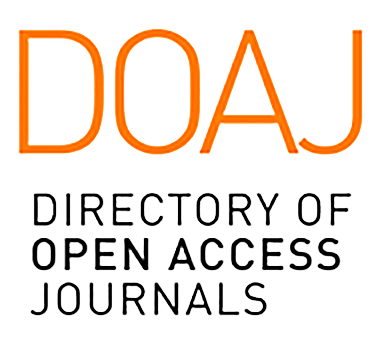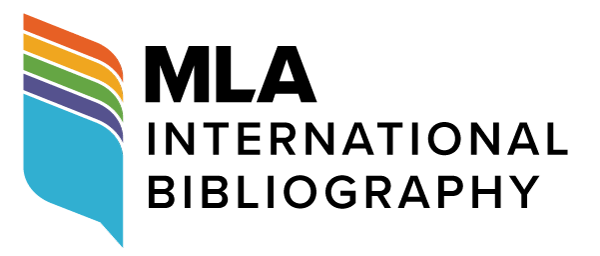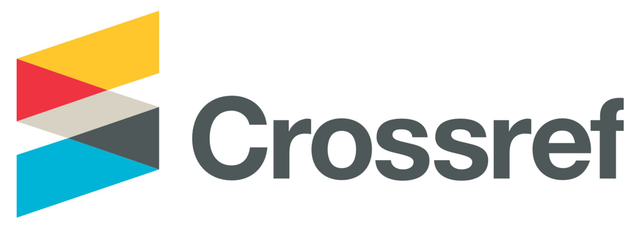

2708-9517








MLA Directory of Periodicals
REAO: East Asian Studies Journals
EBSCO Education
ProQuest
Google Scholar
Semantic Scholar
ROAD
BASE
Helka Helsinki Library
Baidu Scholar
Ex Libris
Jouroscope
US Department of Commerce Research Library

Lihong Huang
Georgetown University, USA
Abstract
This study analyzes four linguistic forms related to modality in Chinese: 能 néng, 可能 kěnéng, 可 kě, and 可以 kěyǐ. They have overlapping functions and posit great challenges to Chinese as second language (L2) learners. Through examining diachronic corpus data, this study finds that the functions associated with 能 néng, 可能 kěnéng, and 可以 kěyǐ generally fall into three categories:能 néng indicates agent-oriented modality, 可能 kěnéng expresses epistemic modality, and 可以kěyǐ denotes enabling conditions or speaker-oriented modality. The boundaries of these three types of modality overlap; hence, selecting the most appropriate form is challenging for L2 Chinese learners. 可 kě requires special treatment due to its unique syntactic features such as its occurrence in passive voice constructions and set phrases. The results of the corpus analysis can help with teaching and learning these four modal words in a more precise way.
Keywords
Modality, Chinese modal markers, corpus, diachronic development, category
汉语中的“能”、“可能”、“可”和“可以”——基于历时语料库的用法探析
黄丽红
乔治城大学,美国
摘要
这项研究分析与中文情态相关的四个表达形式:“能”、“可能”、“可”和“可以”。它们在语义上有相似之处,对以汉语为第二语言的学习者构成巨大挑战。通过研究历时语料,本研究发现“能”、“可能”和“可以”的功能大致分为三类:“能”表达以行为者为导向的情态;“可能”表达认知判定情态;“可以”表达使能条件或以说话人为导向的情态。这三种类型的边界划分有重叠之处,因此,对以汉语为第二语言的学习者而言,选择最恰当的表达形式具有挑战性。“可”由于其独特的句法特征,例如存在于被动语态结构和固定短语中,而需要特殊对待。本研究结果有助于更准确地教授和学习这四个情态词。
关键词
情态,中文情态标记,语料库,历史发展,类型